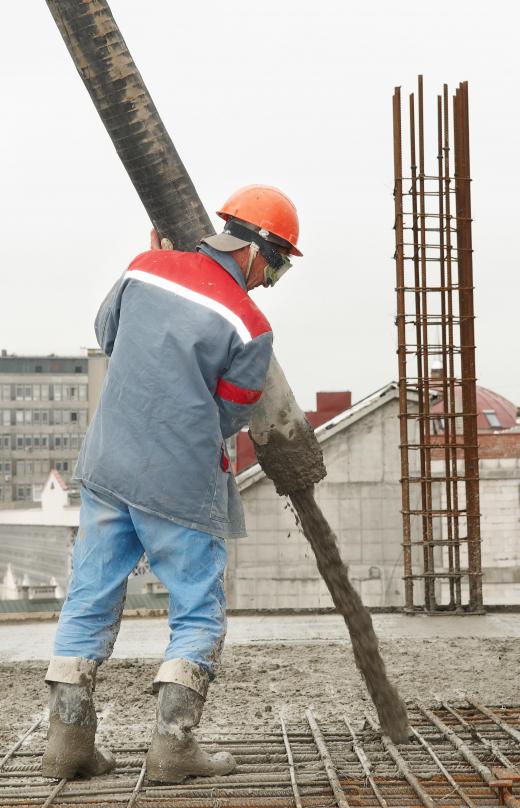Building waterproofing is a process which is designed to prevent water from penetrating a building. Usually extensive waterproofing measures are added to a building at the time of construction, to provide moisture control from the start, and waterproofing may also be done after a building is built, to address problems as they emerge or as part of a building retrofit. Waterproofing is critical, for a number of reasons, and many contractors around the world specialize in building waterproofing, providing maintenance, restoration, and new construction services.
From the point of view of its occupants, building waterproofing is important because it keeps a building dry. It also reduces internal humidity, making a building more comfortable to work in and protecting objects inside the building from damage as a result of humidity or water exposure. However, building waterproofing is also important to the integrity of the building itself.

Water damage can be a serious issue in a structure. With water comes mold and a host of other problems which can undermine foundations, make conditions in the building unsafe, and damage property inside the building. Wooden buildings can suffer rapid decay from water exposure, but water penetration can also damage concrete and other building materials, especially in cold climates where water may freeze and cause cracks. Insufficient waterproofing can be a problem year round, not just during the rainy season.
Some permeability in a building is desired, not least because building occupants generate humidity which must be safely vented. The goal of building waterproofing is to prevent as much water as possible from entering the building, and to provide outlets and drainage so that if water does get inside, it is not allowed to sit. Surface systems include things like clapboards to protect the walls of a house, or shingles on the roof of a building. Internal measures can include membranes inside the walls, such as barrier insulation which keeps water out. Typically, building waterproofing is done in several different ways to create multiple barriers for water so that it cannot enter a structure. Together, waterproofing measures are known as “the envelope.”
A number of building codes specifically provide guidelines about building waterproofing, with contractors following these guidelines and adding additional measures to the envelope when they build structures. Property owners are also usually expected to routinely check to confirm that their structures are properly waterproofed. Some signs that there is a problem with the building waterproofing include: wet basement walls, the proliferation of mold and fungi, signs of rot, and pooling water inside a structure.
Ever since she began contributing to the site several years ago, Mary has embraced the exciting challenge of being a About Mechanics researcher and writer. Mary has a liberal arts degree from Goddard College and spends her free time reading, cooking, and exploring the great outdoors.

